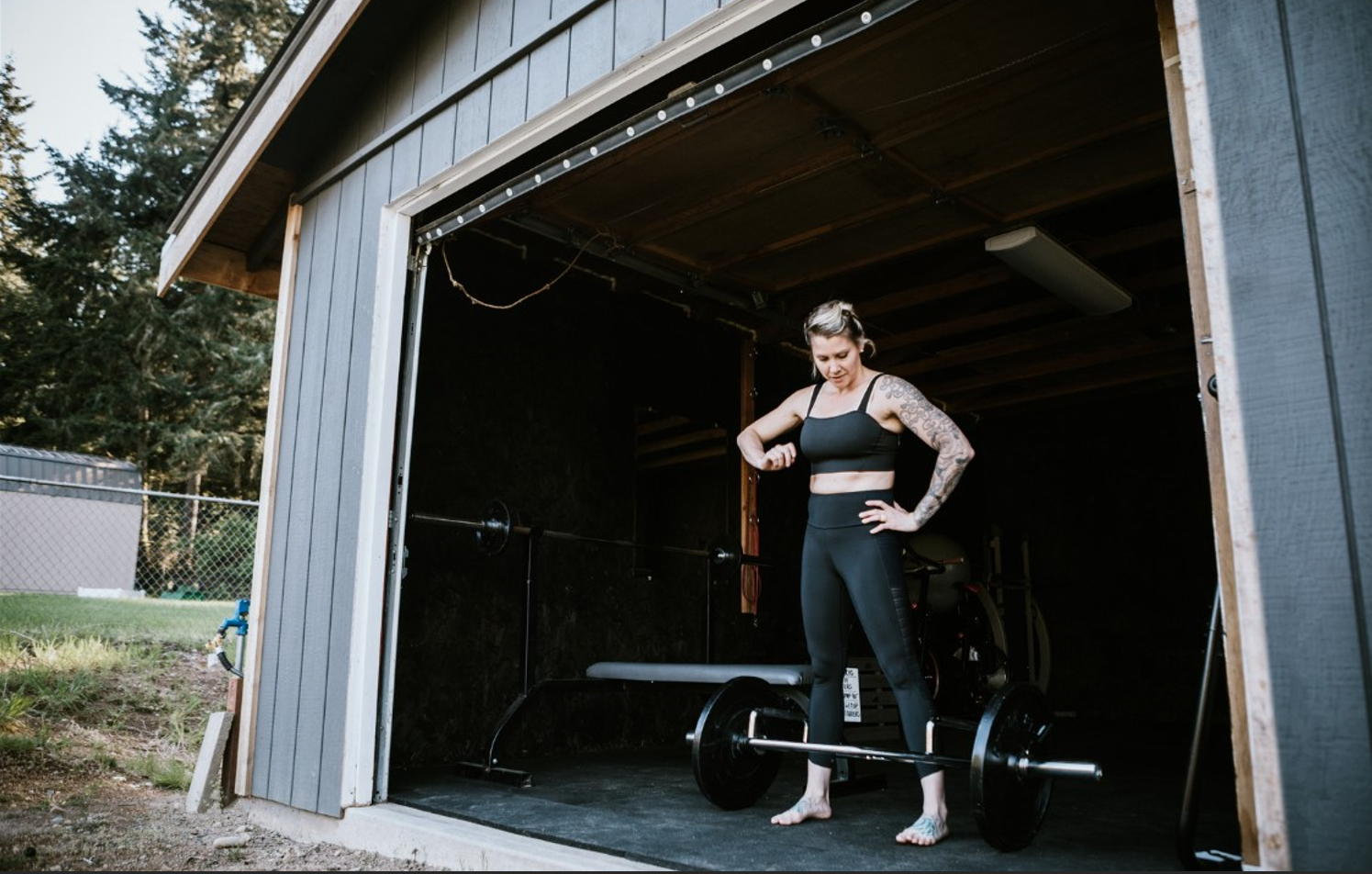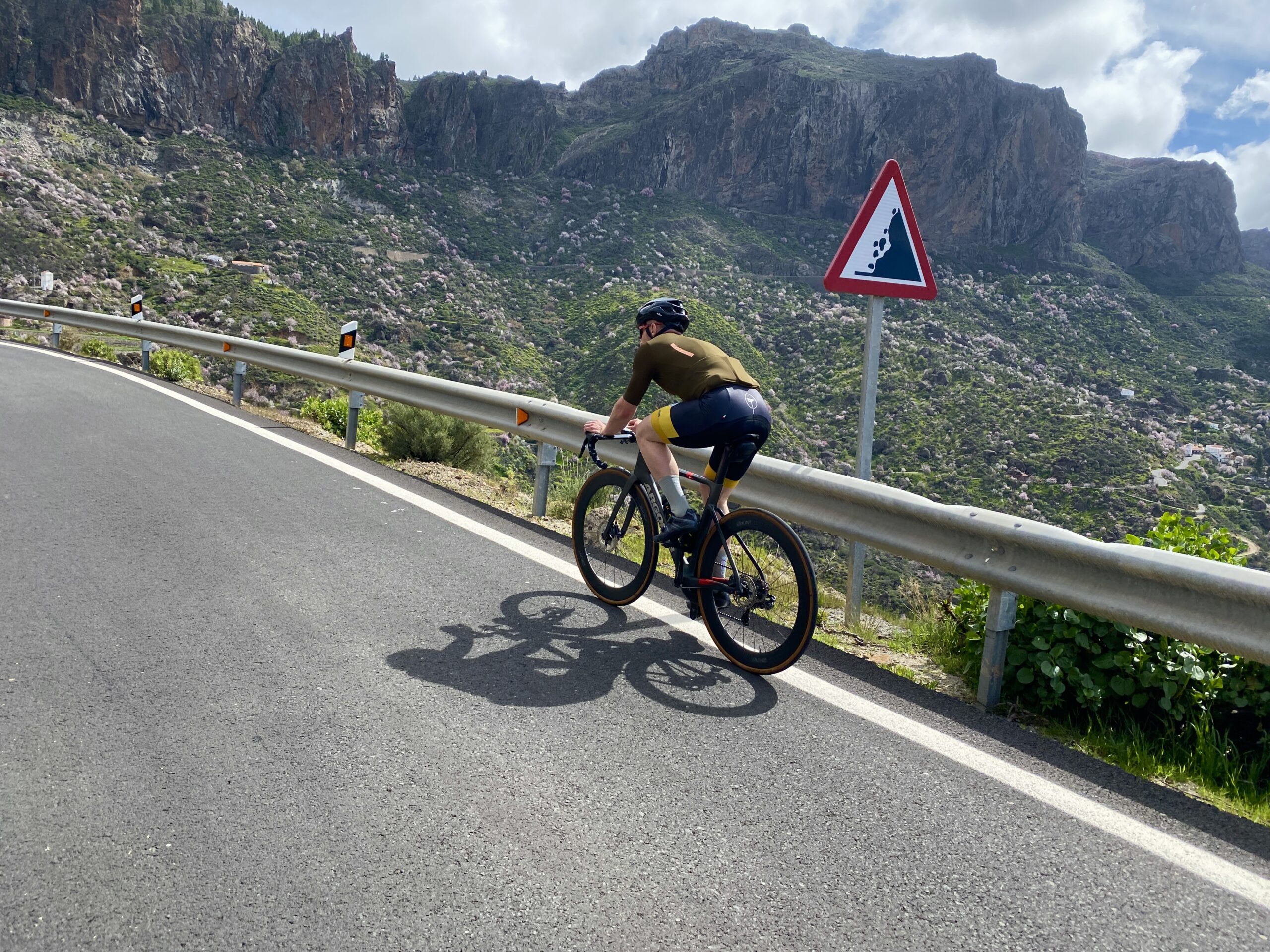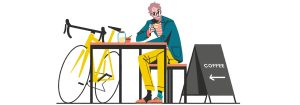Master the climb: Eight proven tips to boost your uphill speed

Tackling steep inclines and challenging hills is a true test of a cyclist’s strength, endurance, and mental resilience. Whether you’re an experienced rider looking to boost your climbing skills or a newcomer eager to conquer iconic ascents, this article is designed to guide you toward success!
Let’s start with the fundamentals. Like any sport, achieving a high level of performance in cycling requires dedication and time. Before diving into high-intensity training, it’s crucial to establish a solid fitness foundation. A well-conditioned body reduces the risk of injury as you increase the intensity of your workouts. Incorporating hill repeats into your rides is an excellent starting point. Gradually elevate the duration and intensity of your climbs as you progress.
The power-to-weight ratio is a critical factor in how quickly you can ascend. For instance, a 70kg rider generating 250 watts for 20 minutes will climb faster than an 80kg rider producing the same power. It’s no surprise that professional cyclists meticulously monitor their diets, and while it’s essential to consider your weight, any changes should be approached safely. Consult a professional dietitian or coach if you feel weight loss is necessary.
Incorporating strength training into your cycling routine can significantly enhance your performance. Focus on exercises that target the muscles used in cycling, as this will increase the force you generate with each pedal stroke, boosting both your sprinting and climbing capabilities. Moreover, strength training is vital for maintaining healthy bone density.

Just as an engine requires fuel to run, your body needs proper nutrition for long rides—especially when tackling hills. Running low on energy can be particularly challenging when ascending, potentially leading to a complete stop. Make it a habit to eat and drink consistently throughout your ride. If you start to feel depleted, a quick stop at a café for some cake might just be the perfect pick-me-up!
Your ability to absorb nutrients is closely linked to your pacing. During climbs, prioritise eating, and use flat stretches or descents to replenish your energy reserves. If you must eat while ascending, be prepared to adjust your pace slightly to maintain your energy levels. A handful of sweets during a climb can also provide a fantastic morale boost.
 Image credit: OTE Sports
Image credit: OTE Sports
To ride quickly, efficient pedaling is essential. Many climbs in the UK are short and steep, while alpine climbs can are longer but generally a tad flatter.. It’s crucial to have gear ratios that allow you to maintain your optimal cadence (typically between 70-95 RPM) while climbing. Gone are the days of riding a 39×53 up front with an 11-23 cassette. Professional cyclists often use gear setups tailored for mountainous stages—take a cue from them!

If your goal is to tackle long alpine climbs, prioritise extended, consistent efforts at your functional threshold power (FTP) and incorporate significant zone 2 rides to enhance endurance. FTP represents the wattage a cyclist can sustain for an hour, serving as a reliable fitness indicator. Remember, FTP reflects sustained effort, unlike the fluctuating power levels seen in hilly rides or high-intensity intervals.
Conversely, if you’re aiming to conquer short, steep climbs, focus on increasing your VO2 max and enhancing your anaerobic power. High-intensity interval training (HIIT) is particularly effective for boosting VO2 max, combining intense exertion with lighter recovery periods to improve your overall capacity for high-intensity work.
A common mistake when climbing is starting too hard and running out of steam before reaching the top. Instead, maintain a steady pace to conserve energy throughout the climb. For long ascents, it’s better to begin at a slower pace and build gradually. If you feel capable of increasing your effort, do so cautiously; the wattage increase should be minimal. For shorter UK climbs, if you’ve fuelled well, you can push hard from the bottom and recover at the top. Remember, blowing up at the base of a long alpine climb is a mistake you want to avoid!

Regardless of your cycling level, everyone faces challenges when climbing—even professional cyclists! It’s important to recognise that not everyone is a natural hill climber, and that’s perfectly okay. Play to your strengths and actively work on your weaknesses. If you excel on flat terrain, challenge yourself with more hilly rides, and you’ll soon see improvements in your climbing ability.






